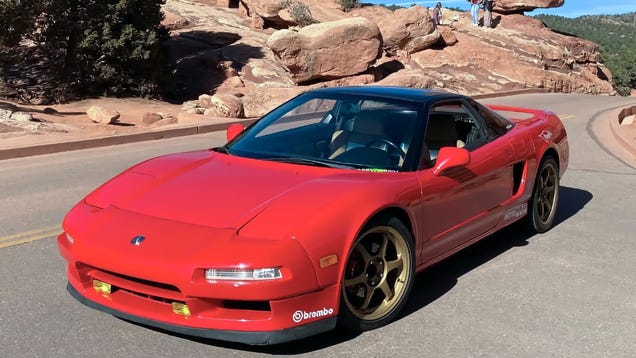That is not a typo, in the early days of aviation planes often
used rotary engines. In this design the entire engine rotated
and was attached to the propeller while the crankshaft was
fixed to the plane (The exact opposite of the way things are
generally configured). This may seem like a strange way to
go about the business of powering an airplane, but it worked
surprisingly well. The momentum of the heavy rotating engine
and propeller had several benefits. The mass of the rotary
allowed the engine and prop to continue rotating even
if the engine was not firing.In these times carburettors
were very primitive and could not maintain the proper air
and gas mixture as the throttle was open and closed. The
rotary design allowed the pilot to set the proper mixture at
wide open throttle and use the ignition to vary power delivery.
Simply put, when the pilot wanted to land, he would simply
cut off fuel and let the propeller and engine windmill during
the descent until he was about to land and needed power once
more. At this point the pilot would open the fuel valve and the
engine would re-light at full throttle. During the final approach
and landing, the pilot would briefly cut the ignition to vary
amount of power delivered by the engine. It's hard to describe
but the sound is unmistakable, check out the video, you will
see what I am talking about.
Also here is a video of the full sized version in a Sopwith Camel







0 comments:
Post a Comment